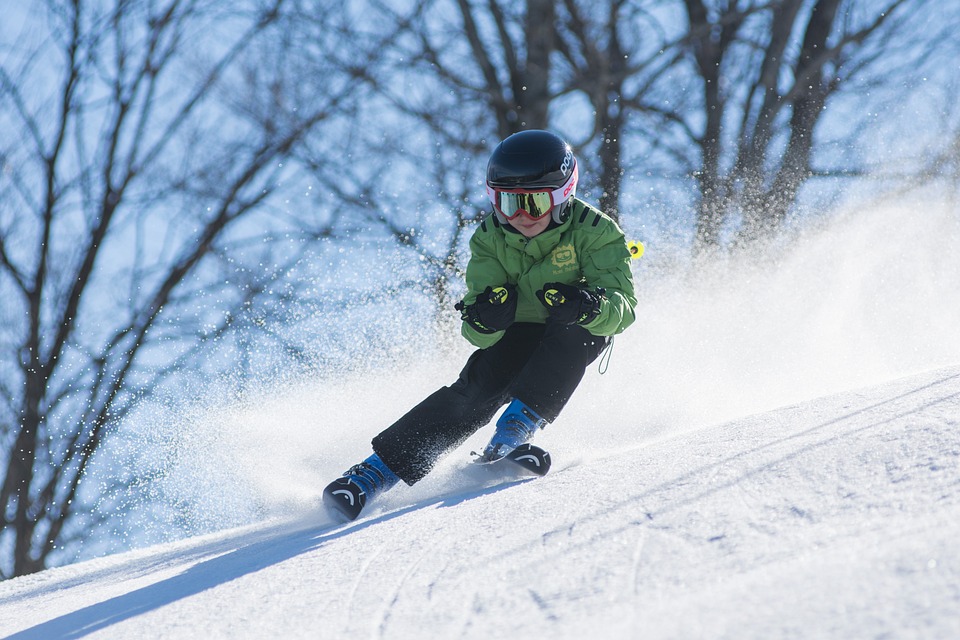The Evolution of Goaltending: The Modern Keeper’s Role in the NHL
Goaltending has always been a unique position in ice hockey, serving as the last line of defense between the puck and the net. Over the decades, the role of the goaltender has evolved dramatically, reflecting changes in game strategy, player training, and technological advancements. Today’s NHL goaltenders are not just guardians of the crease; they are integral to their teams’ defensive strategies and contribute significantly to offensive play. This article delves into the evolution of goaltending and the modern keeper’s role in the National Hockey League.
Historical Context
In the early days of hockey, goaltenders were largely seen as passive participants in the sport. Their primary job was to prevent pucks from entering the net with little emphasis on positioning or technique. Many early goalies utilized a "stand-up" style, relying on reflexes and size to block shots. Equipment was minimal and often improvised, focusing more on protecting the body than enhancing performance.
As the game progressed, so did the position of goaltender. The introduction of the butterfly style in the late 1970s and early 1980s revolutionized how goalies approached their craft. Pioneered by legends like Glenn Hall and Dominik Hasek, the butterfly technique emphasized dropping to the knees to cover the lower part of the net, making it more challenging for opponents to score. This shift marked the beginning of a more technical approach to goaltending.
The Rise of Technology and Analytics
The advancement of technology has further transformed goaltending in the NHL. Improved equipment design, including lightweight pads and helmets featuring better protection and visibility, has allowed goalies to move quicker and react sharper. Custom-fitted gear has become the norm, enabling goalies to optimize their performance according to their size and playing style.
Additionally, the rise of analytics in the NHL has played a vital role in evaluating goaltender performance. Teams now employ data analysts to assess shooting trends and goaltender save percentages in specific game situations. This information has helped goalies refine their skills, positioning, and decision-making processes. By understanding their opponents better, modern goaltenders can anticipate plays and improve their situational awareness on the ice.
Mental Resilience and Conditioning
In tandem with technical and technological advancements, the mental aspect of goaltending has gained recognition. Mental resilience is crucial for the modern goalie, who must constantly deal with high-pressure situations, intense scrutiny, and emotional ups and downs. Many teams now employ sports psychologists to work with their netminders, helping them develop coping strategies and mental conditioning exercises to maintain focus throughout the game.
Moreover, physical conditioning has taken on a new level of importance. Today’s goalies must possess exceptional agility, flexibility, and endurance. Off-ice training regimens include yoga and pilates to improve core strength and balance, allowing goaltenders to execute complex movements more fluidly. This comprehensive approach to conditioning prepares them not just to stop the puck but also to recover quickly for potential rebounds.
The Modern Keeper’s Role
In the current NHL landscape, the role of the goaltender has become multifaceted. Modern goalies are expected to play a more proactive role in their teams’ defensive structures. They are often the first players to break out the puck—using their stick-handling skills to facilitate quick transitions and seamless outlet passes. This involvement in offensive plays highlights their critical role in today’s fast-paced game.
Additionally, goalies are increasingly relied upon to communicate effectively with their defenders, directing traffic and making quick decisions on defensive strategies. Their ability to read plays and guide teammates can significantly influence the outcome of games. Coaches now look for netminders who can contribute to team dynamics beyond just saves, valuing their leadership and entry into strategic discussions.
Conclusion
The evolution of goaltending in the NHL has transitioned from simple shot-stopping roles to complex, multidimensional responsibilities. Modern goalkeepers combine technical proficiency, mental resilience, and strategic acumen to not only guard the net but also contribute to their team’s overall performance. As the game continues to evolve, so too will the role of the goaltender, making it an exciting position to watch in the ever-changing landscape of ice hockey. The modern keeper stands as a testament to the extraordinary convergence of skill, strategy, and athleticism—an evolution that promises to shape the future of the game.





